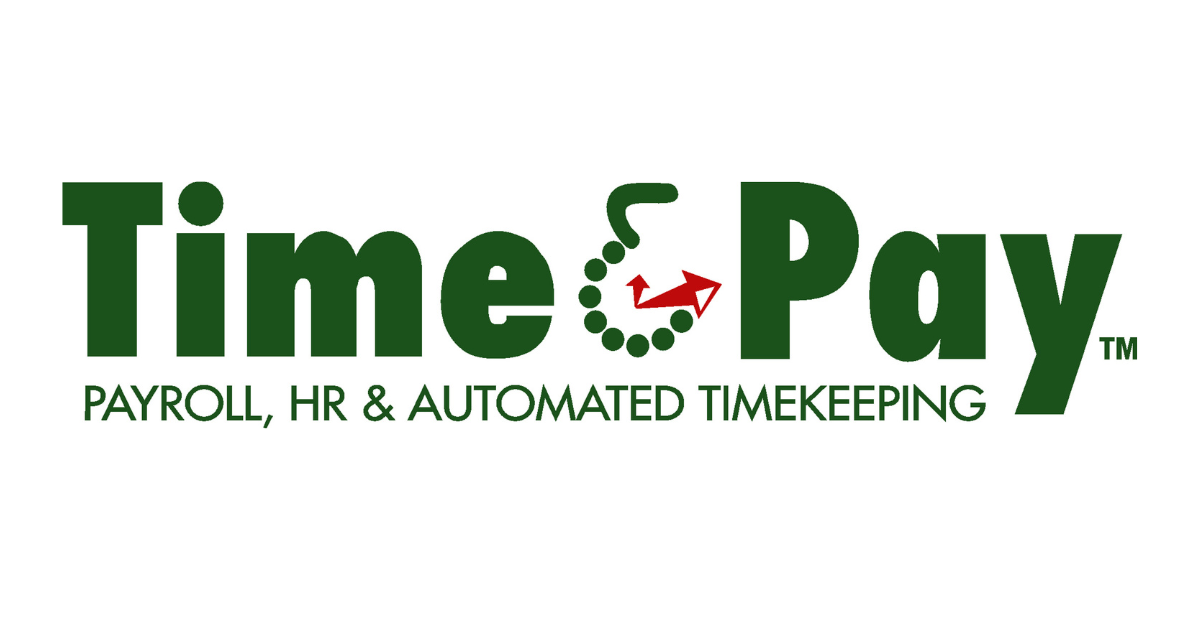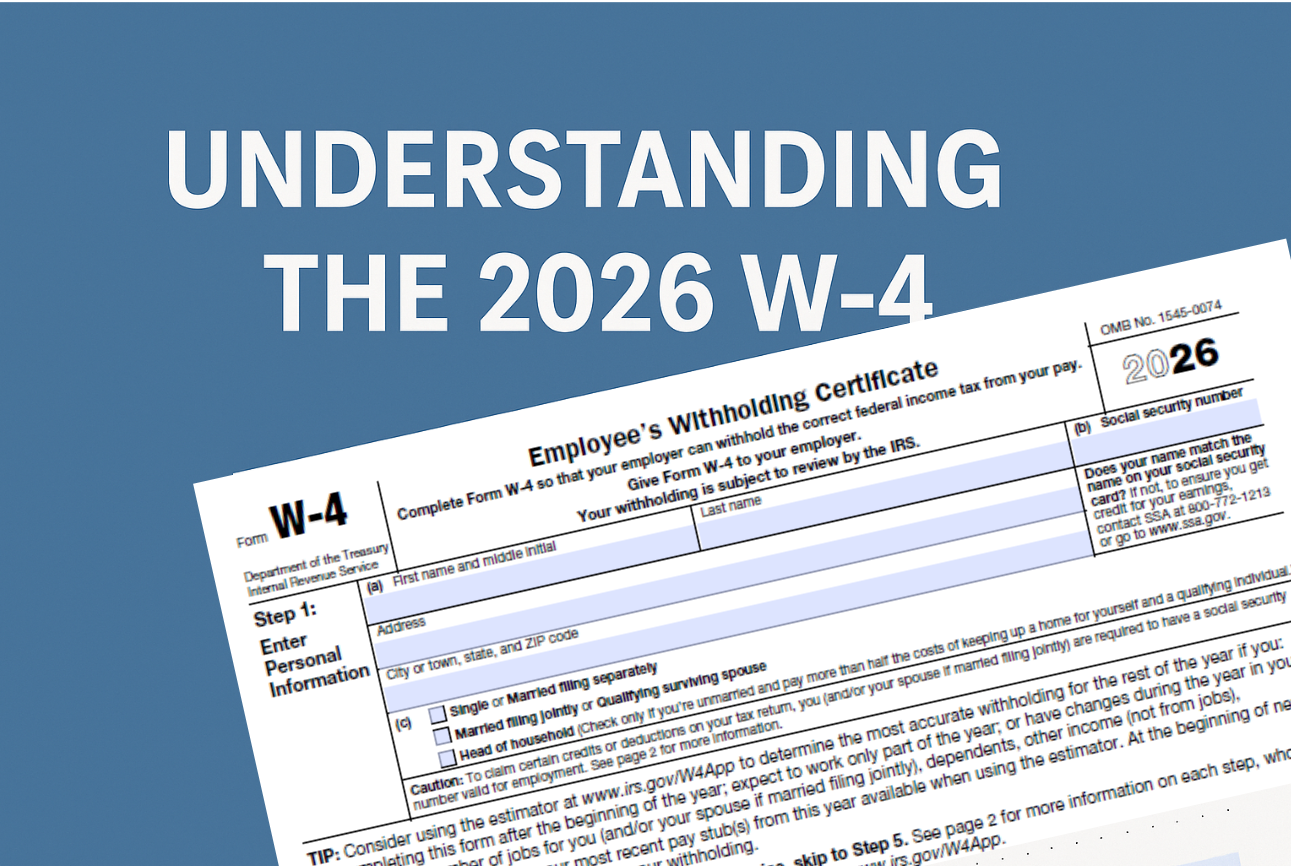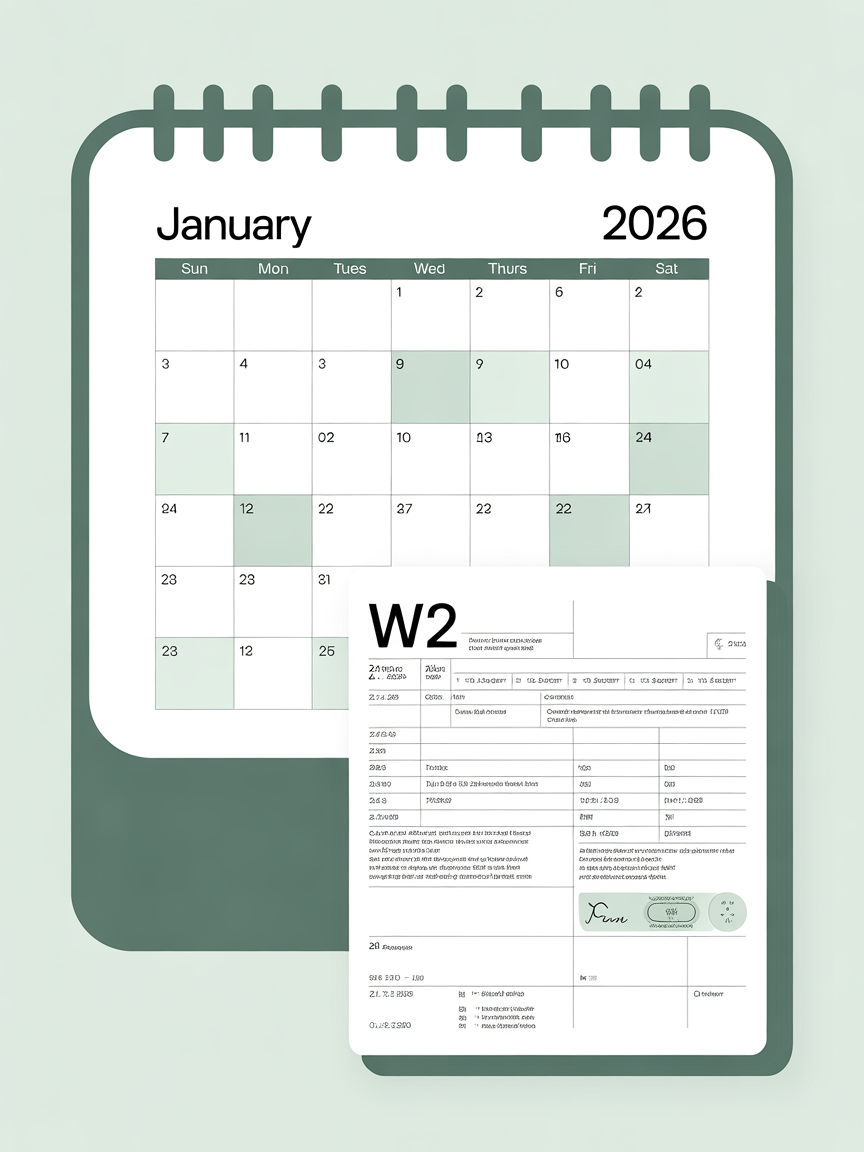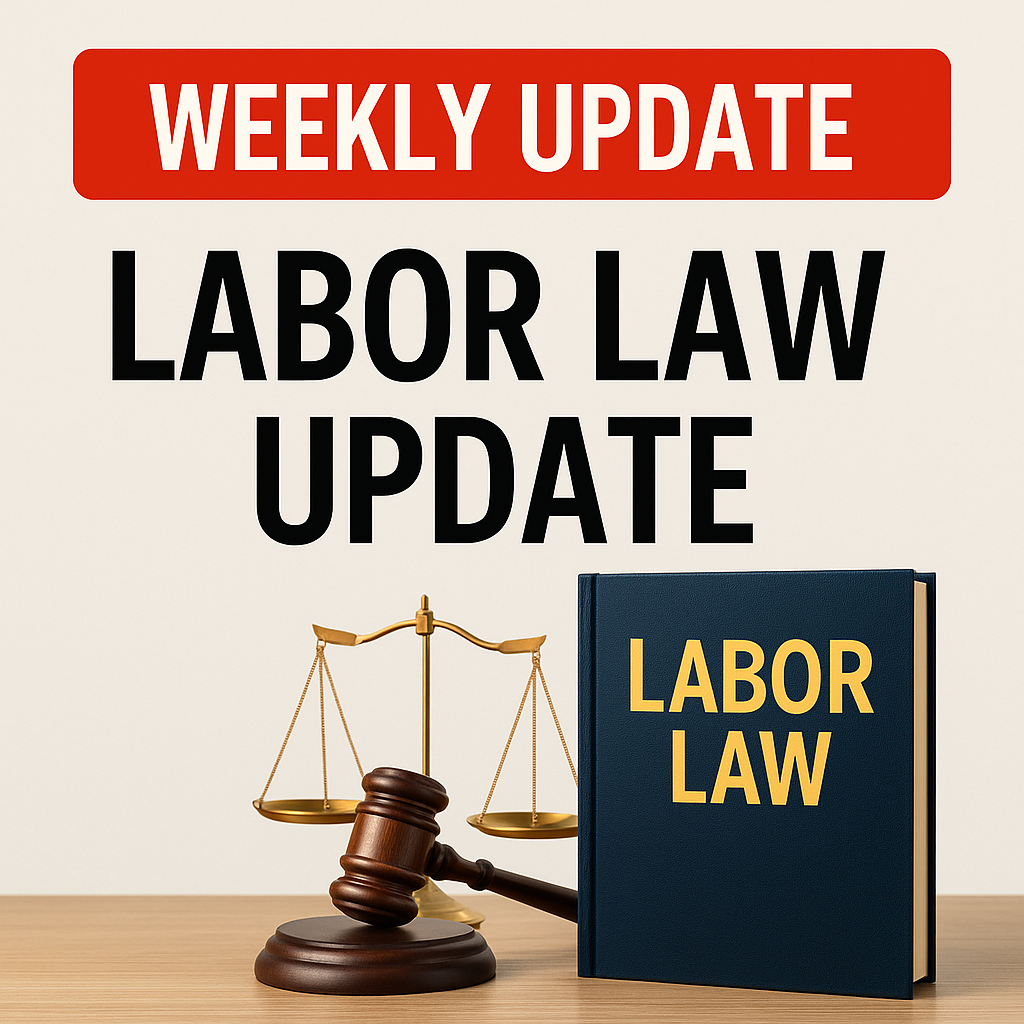Streamlining Your Onboarding Process with Time and Pay's Tool
Bringing a new employee on board is an exciting moment, but let's be honest, the process can be overwhelming for both you and your new hire. A structured onboarding experience is crucial in making sure new team members feel welcomed and ready to hit the ground running. It directly impacts how productive, satisfied, and committed they might feel about staying with your organization for the long haul. With this in mind, Time & Pay offers a helpful tool to make onboarding easier and more personalized. Their Hire and Onboarding Tool aims to take the stress out of onboarding so that your new employees not only get a warm welcome but also feel engaged from day one.
When you hire someone new, it's not just about filling a slot; it's about integrating someone into the heart and soul of your organization. The way you onboard them can set the tone for their entire experience, affecting how involved and productive they become, and even how long they'll choose to stay. Time & Pay understands this and provides the Hire and Onboarding Tool to make the process as smooth as possible.
Why a Great Onboarding Experience Matters
Imagine starting at a new job and feeling completely lost on your first day because no one showed you around. Not a great feeling, right? A smooth onboarding experience helps prevent this from happening. It's not just about welcoming new hires but also providing the tools, information, and support they need right from the get-go. As Time and Pay puts it, "Once you hire an employee and you go to onboard, you can refine that packet once again and pick and choose exactly which documents that employee will need to fill out." Being able to tailor the process like this makes onboarding both personal and efficient.
The Benefits of Time and Pay's Onboarding Tool
Think of Time & Pay's tool as a helpful assistant for your HR team. It automates and organizes the tasks that often make onboarding a slog. Here's what you can expect from using the tool:
- Automated Workflows and Checklists : Automatic workflows mean you don't have to manage every task manually. Whether it's sending out offer letters or setting up training schedules, the tool handles it.
- Centralized Document Storage : All the paperwork and forms are kept in one place, making them easy to find and manage. This keeps things organized and prevents documents from being lost or overlooked.
- Improved New Hire Engagement : Quickly getting new hires up to speed keeps them more engaged from the beginning, which can lead to better satisfaction and more people sticking around.
- Less Time and Work for HR Teams : With automation taking care of repetitive tasks, HR teams can focus on more strategic work.
How Does It Work?
After hiring someone, you'll need to enter some basic details like their name, email address, start date, and pay frequency. Then, Time and Pay's tool makes everything easier. Here's how:
Customizable Onboarding Plans
One of the best features is the ability to create onboarding plans that fit the employee's role and department. For example, an engineer might need different onboarding steps than a sales manager, and the tool lets you make these adjustments.
Automated Tasks
The Onboarding Tool can automatically send out necessary communications or reminders, preventing any steps from being forgotten.
Document Repository
All your crucial documents are stored securely in a central location. You won't have to search for misplaced paperwork or worry about sensitive info being scattered across different places.
Progress Tracking
Tracking progress is another handy feature. You can see how far along each new hire is in their onboarding and find out where they may need a bit more support.
Communication Tools
Easy communication is vital during onboarding. The tool allows smooth interaction between HR teams, managers, and new hires, so everyone stays connected.
Integrating with Your HR Systems
If you're wondering whether this new tool will fit with the payroll side, rest assured, Time & Pay's onboarding tool integrates directly with payroll to ensure employees are set up and ready for pay day. Each step of the process includes clear instructions to guide everyone involved, making it a user-friendly addition.
Proven Success Stories
Time & Pay's tool isn't just a theory; it has been tested and proven. Companies using this tool have reported smoother onboarding processes and more engaged employees. These success stories show how a smart onboarding system really does make a difference.
How Much Does It Cost?
Understanding the cost is essential, especially when you're considering new tech investments. Time & Pay offers clear pricing details and their team supports you every step of the way. Interested in learning more? Their support team is available for any questions you might have. If you are already a Payentry user, this tool is available to you at no additional cost!
Ready to Enhance Your Onboarding Process?
If making your onboarding process easier sounds good, it might be time to check out what Time & Pay's Hire and Onboarding Tool can offer you. Schedule a demo to see how it works and get any questions answered. Reach out to Time & Pay for more details, and start making onboarding a simpler part of your HR duties.
In today's world, where first impressions count, having a smooth and personalized onboarding process can make a big difference for your new hires. Consider how Time & Pay's tool can help you make those crucial first days more seamless, well-organized, and inviting.
Frequently Asked Questions about Payroll Onboarding
What is the payroll onboarding process?
The payroll onboarding process involves setting up new employees in the payroll system to ensure they get paid correctly and on time. This includes collecting essential tax documents, bank details for direct deposit, and any other important information necessary for smooth payroll operation.
Should employees get paid for onboarding?
Yes, employees should be paid for the time spent in onboarding sessions if they participate in any required activities or training as part of their job tasks.
Does HR deal with onboarding?
Yes, HR typically handles the onboarding process. They manage paperwork, provide training, and ensure that new employees understand their roles and responsibilities. HR also works with the payroll department to make sure all information needed for payroll is collected correctly.
What are the inputs and outputs of payroll onboarding?
The inputs of payroll onboarding include an employee's personal info, banking details for direct deposit, tax forms like the W-4 in the United States, and employment agreements. The outputs are that the employee is added to the payroll system, ensuring their paycheck arrives as scheduled, alongside any pay stubs or earnings statements they need.




